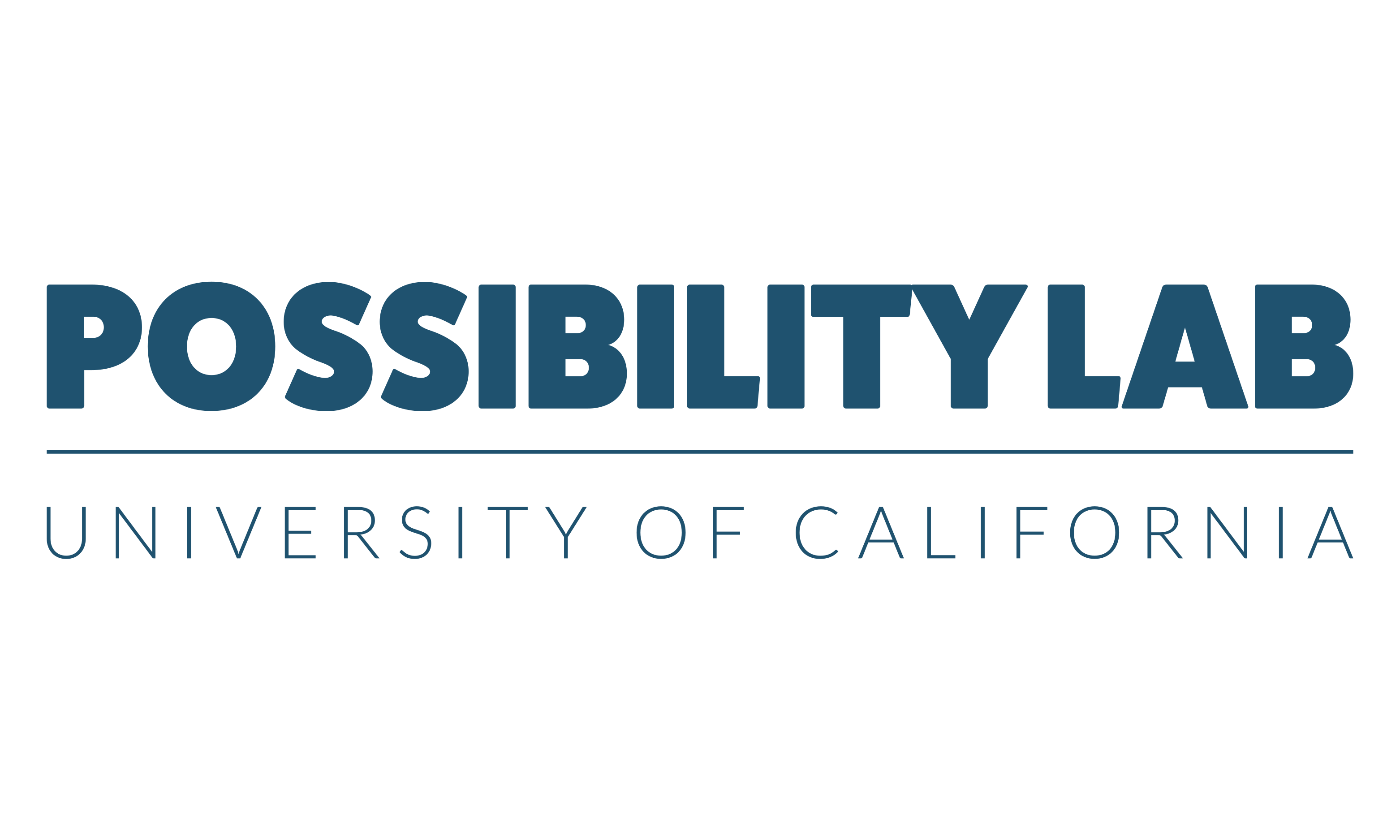Can innovations in community supervision improve re-entry outcomes?
Re-entry represents a critical juncture in the criminal justice pipeline. The support systems that are available to an individual (e.g., assistance with employment, substance abuse, housing, and education) can mean the difference between effectively re-entering his or her community and returning to prison.
In 2011, California’s Assembly Bill 109 enabled individuals convicted of non-serious, non-violent, and non-sexual offenses to complete the last year of their prison sentences in the community under the supervision of a county probation department. This supervision status is known as Post-Release Community Supervision (PRCS).
Recognizing this opportunity, the Alameda County Probation Department (ACPD) launched a series of innovative strategies called “Pathways Home” designed to reduce recidivism among high-risk clients returning from state prison. The Pathways Home program initiates case planning, service referrals, and reentry preparation for clients before they leave prison and continues that support throughout the probation supervision period. The Possibility Lab partnered with ACPD and the California Department of Corrections and Rehabilitation (CDCR) to evaluate this new model for re-entry and community supervision.
Pathways Home includes four distinct components:
- a case-planning meeting via video conference before clients are released from state prison
- virtual reality simulations to help clients practice appropriate responses to challenging situations
- a mobile application, Vergil, that supports successful goal-based community supervision
- reentry workbooks specific to Alameda County that provide information about re-entry
In the first phase of this work, Possibility Lab researchers reviewed records for 74 clients who received a case-planning video conference between March 2019 and December 2020 and 263 high-supervision clients released from prison during that timeframe who did not receive a case-planning video conference. They found that 94% of clients who received a case-planning video conference prior to release reported to their probation officer within two business days, compared to 82% of clients who did not receive a pre-release case-planning video conference. These results suggest that completing a pre-release case-planning video conference increased the likelihood that a client will report to the probation department within two business days by 12 percentage points (p=0.01).
The Possibility Lab team will continue to evaluate the impact of Pathways Home over the next few years as part of a larger reentry evaluation funded by the Bureau of Justice Assistance’s Second Chance Act grant program, but the impact of pre-release case-planning video conferences on initial reporting is significant. We find that participants who report within two business days are between 11 (p < 0.10) and 14 (p < 0.05) percentage points more likely to successfully complete probation.
This program demonstrates that a pre-release, case-planning video conference can have a dramatic impact on reporting rates among high-supervision individuals who are returning home from state prison. Early reporting makes an individual more likely to access needed services quickly and avoid behaviors that may lead to recidivism, thus having critical implications for the individual’s wellbeing and for public safety overall. Such a simple, low-cost intervention with significant positive outcomes could be replicated in probation departments across the county for the benefit of both clients and communities.
Resources
Report
Our Work




